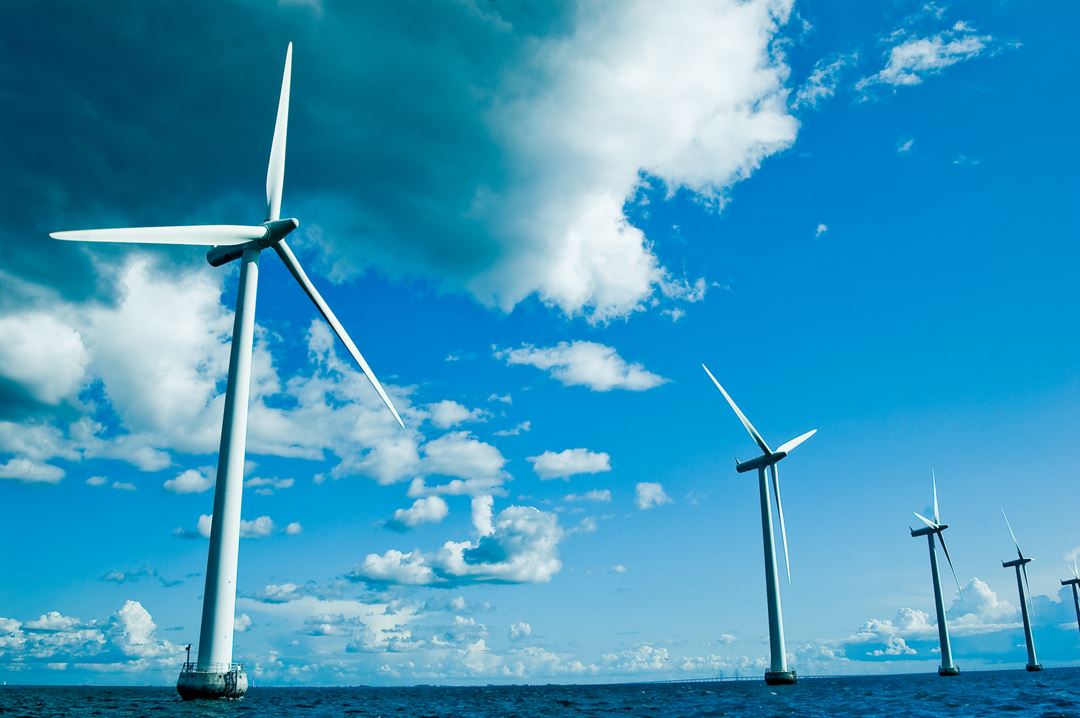The objective
Roadmap to offshore wind deployment in the Central & Southern North Sea (BE, DE, DK, NL, NO, UK) with a realistic yet ambitious target for 2030 III.
The activities
- Decision Support System (spatial planning tool) that determines offshore wind energy potential and cost in relation to non-wind sea functions and environmental aspects
- Scenario analysis – addressing OWE potentials – that identifies opportunities for additional space for offshore wind deployment in light of other sea use functions
- Possible grid configurations to accompany future offshore wind deployment
Key messages
- There is limited potential for incremental OWE capacity across most of the southern portion of the North Sea by focussing on relatively near-to-shore and radially connected wind parks without prioritisation of space for OWE.
- Changes in the level of prioritisation that is given to new OWE – in terms of looking for co-use with some existing sea uses or assuming some level of compromise on the extent of other certain uses – were found to make a large difference to the potential for incremental OWE; particularly for generation at low to moderate delivered electricity costs. Tied closely to the ability to find new space for OWE is the need to integrate planning of certain existing sea use functions with wind parks.
- Relaxing the constraints on the permissible maximum distance to the coast – in anticipation of connecting these far from shore areas via an offshore grid – significantly increases the spatial potential. The In the Deep incremental spatial potential is roughly five times that of the Little Will Little Wind scenario (in effect matched scenarios, as both do not spatially prioritise for OWE) and the Grand Design scenario identifies more than three times the incremental spatial potential as the Going Solo scenario.
- There are potential co-use opportunities for OWE and certain sea use functions, due to the low average installed density of wind turbines that is assumed. The corridors between neighbouring parks can be utilised by other sea use functions such as shipping and fishing. Relatively low densities of OWE (at a macro scale) are thus not only necessary to preserve the level of wind resource, but also allow integration or co-use of some other sea uses.
- Realising floating technologies effectively doubles the total spatial OWE potential in both the In the Deep and Grand Design scenarios. The utilisation of this would be contingent on cost effective floating solutions becoming available. Moreover, the additional capacity is concentrated almost exclusively in the UK and Norway, which suggests that the drive for such technology will likely have to originate in these countries.
Recommendations
Ambitions & support schemes
- Extension of current approach with national binding targets for RES to 2030 (or beyond), coupled with stronger requirements for countries to establish accompanying NREAPs in a coordinated manner.
- Implement cooperation mechanisms in the context of offshore wind parks with connection to different national markets.
Maritime Spatial Planning
- Continued designation of suitable areas for OWE.
- Revisit MSP with a view to finding additional space for OWE deployment as well as an optimal layout and siting of new wind parks, addressing co-use opportunities and opportunities for compromise, cumulate effects and clustering of OWE.
- Establish policy guidelines at EU level on stepwise approach towards a transition from national MSP to transnational MSP in areas where increased coordination is beneficial.
Grid configuration
- Pilot schemes to test possible solutions with a view to establishing long term changes in the regulatory framework for establishing an offshore grid
- Establish policy guidelines on how to share costs and benefits, including indirect costs and benefits, of cross-border offshore grid.
- Establish a dedicated transnational regulatory framework for offshore grid
- EC continue to play role as facilitator and provide funding to offshore grid projects, which are considered to be projects of European interest.
R&D and cost reduction
- Dedicated demonstration programme for offshore renewable technologies in at EU level.

